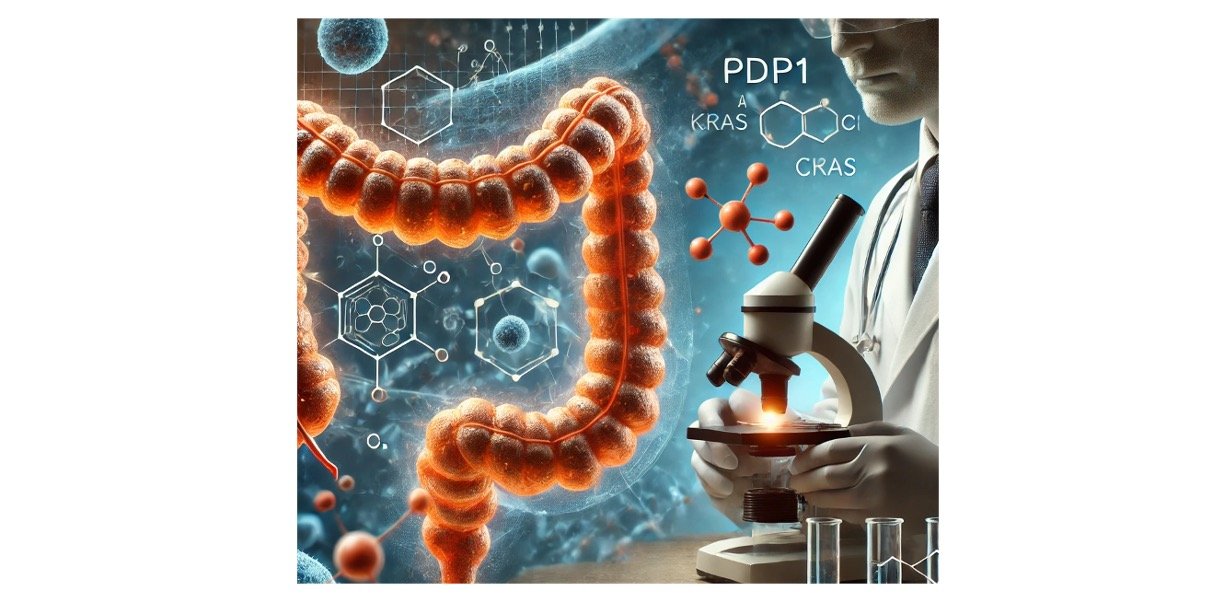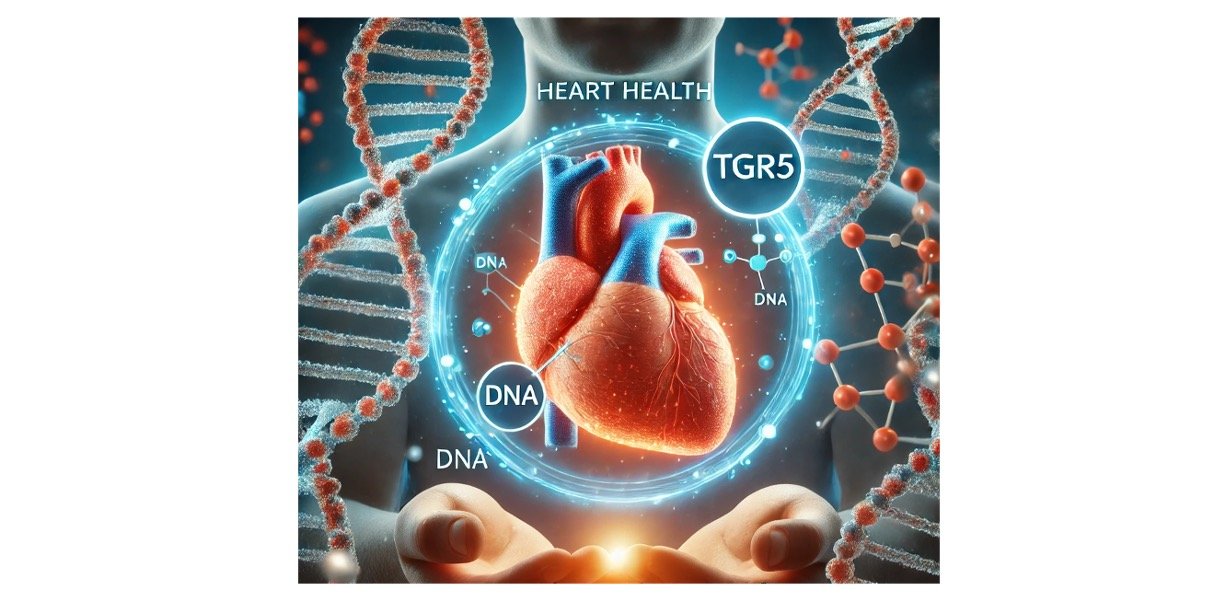What is Limiting Reagent?
Limiting reagent in a reaction is the first to be fully used up and thus stops any further reaction from occurring.
In a given chemical reaction, the limiting reagent, or it is also known as limiting reactant, is the substance that has been fully consumed when the chemical reaction is completed.
With the help of stoichiometry, the exact amount of reactant which is needed to react with another element can be calculated.
Though, if the reagents are not mixed or are present in these precise stoichiometric proportions, then the limiting reagent will be fully consumed and the given reaction will not go to stoichiometric completion.
Thus, in simple terms, the reactant that is fully used up in a reaction is called a limiting reagent.
This reactant called limiting reagent generally governs when the reaction will stop.
The exact amount of reactant which will be required to react with another element can be calculated from the reaction stoichiometry.
The limiting reagent depends only on the mole ratio, not on the masses of the reactants present in the given chemical equation.
1. Limiting Reagent Examples
The formation of ammonia or NH3
3H2 + N2 → 2NH3
In the reaction given above, 3 moles of Hydrogen gas are reacted with 1 mole of nitrogen gas to form 2 moles of ammonia but from the above-mentioned balanced chemical equation, one mole of N2 requires only three moles of H2.
Thus, the limiting reagent in the above-mentioned reaction is H2.
2. Limiting Reagent Examples
Given below is another example of limiting reagent; Assume 1 mol of oxygen and 1 mol of hydrogen are present in a chemical reaction.
The following equation for the same is given below;
2H2 + O2 → 2H2O
Since the above reaction uses up hydrogen twice as fast as oxygen, the limiting reactant, in this case, would be hydrogen.
How to Find Limiting Reagent?
In most limiting reactant stoichiometry problems, the actual purpose is to determine how much product could be formed from a specific reactant mixture.
Thus, the limiting reactant or reagent can be determined by two methods mentioned below;
1. By using the mole ration
2. Using the product approach
First, to calculate the mass of the product, write the balanced equation and then find out which reagent is present in excess quantity. Then, by using the limiting reagent calculate the mass of the product formed in a chemical reaction.
1. How to Identify Limiting Reagent?
The following points given below should be considered while trying to identify the limiting reagent:
• When only two reactants are given in a chemical reaction, first write the balanced chemical equation and then check the amount of reactant B which is required to react with the given reactant A. When the quantity of reactant B is greater, then reactant A is the limiting reagent in that particular reaction.
• The reactant which is present in a lesser amount in a chemical reaction than required by stoichiometry is thus the limiting reactant.
• In another method of finding the limiting agent is by calculating the amount of product formed by each reactant.
• The limiting reactant is the reactant from which the least amount of product is formed in a chemical reaction Thus, the required limiting reagent for the reaction can be recognized using the points mentioned above. These reagents are a vital part of a chemical reaction while calculating the percentage yield of a given chemical reaction.
2. How to Identify Limiting Reagent?
We can also find the limiting reagent by observing the number of moles of each reactant in a given chemical equation.
Steps are mentioned below;
1. Firstly, determine the balanced chemical equation for the given chemical reaction.
2. Then, convert all given data into moles (most probably, with the use of molar mass as a conversion factor).
3. Now, calculate the mole ratio from the given data. Then, compare the calculated ratio to the actual ratio.
4. Use the amount of limiting reactant thus, to calculate the amount of product formed in the chemical reaction.
5. If needed, calculate how much is left in the surplus of the non-limiting reagent.
Limiting Reactant and Theoretical Yield
A reactant in a chemical reaction can also limit the quantities of products formed by the given reaction. When this occurs, we refer to the reactant as the limiting reactant (or limiting reagent) and the amount of a product formed when the limiting reactant is entirely consumed in a reaction is known as the theoretical yield.
Citations
Share












